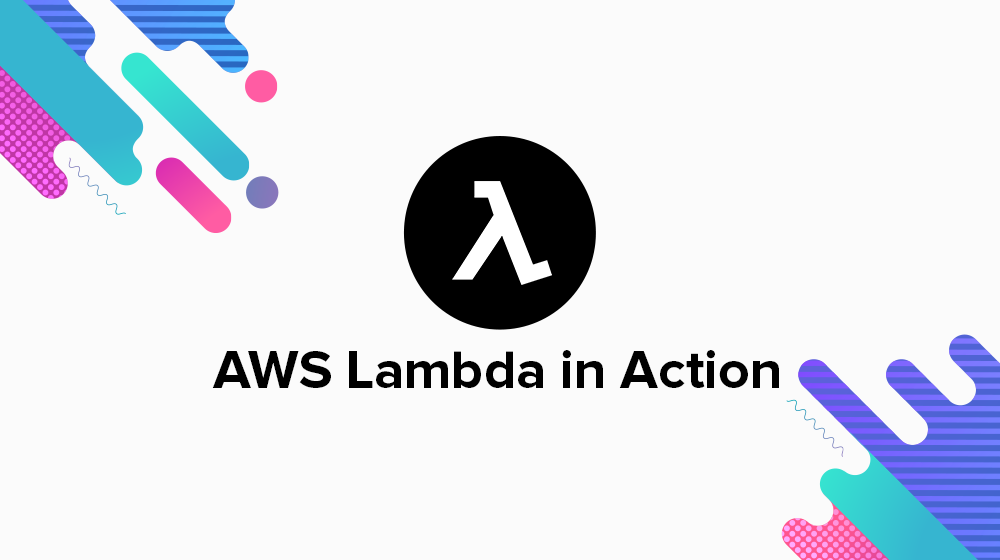Application development is a 50: 50 thing now.
Now, what does that mean?
It simply means, as application developers, you just have to focus on the development part; the rest of it, that is the hosting, scaling, and deploying and more would be taken care of by Amazon Lambda.
For the uninitiated, Serverless Architecture is the new way to develop and deploy new-age applications, and it’s AWS Lambda that’s serving as a beacon of light, offering a cutting-edge alternative to expensive server-based platforms. (Besides, web and mobile applications, AWS Lambda could be used for Internet of Things and 3rd party API requests).
Read on if you really wish to know why you need to develop or shift your application development processes to a serverless platform such as Amazon Lambda, without much ado.
The Application Development Scenario So Far
Before the launch of Amazon Lambda, scaling up of applications was always a daunting task. For one, you need to come up with a back-end code. Another thing being, you need to take care of the infrastructure part when it came to the execution of these back-end codes.
That meant you had to make provision for a whole bunch of servers, in addition to operating them. And this even included patching up security holes, and more importantly, monitoring the overall performance and ability of servers all the same.
Yeah! There was so much to handle, apart from the core job of developing applications.
Imagine if you could just outsource these overheads to a third party company? How much extra time you could have on your hands, which then you could favorably use to develop some high-end applications, isn’t it?
The Next-Generation Application Development Scenario with Amazon Lambda
Enter Amazon Lambda. The new serverless platform makes the development and scaling of your applications a piece-of-cake. It’s because you just need to write and supply the code to Amazon Lambda, called the Lambda Function, and Lambda Function takes it forward from there.
Say, for instance, you want to scale up your game applications with in-app purchase options, or you want image thumbnails to appear on your app instantly after the user uploads photos (in AWS S3 Bucket, that is), all you have to do is to trigger Lambda Function and it would help you create the thumbnail immediately.
Likewise, if you want to make changes in the data, shifts in the system, or any action by users, the Lambda function could be triggered via AWS services such as DynamoDB, Kinesis, CloudWatch, and more, allowing you to build a variety of real-time serverless data processing systems.
5 Incredible Benefits Why App Development Companies Are Moving Toward Serverless App Development Platform like Amazon Lambda:
[1] Zero server management
[2] Continuous scaling of applications
[3] Cost-effective – you pay only for the compute time
[4] Code monitoring and logging
[5] Code and security patch deployment
OpenXcell conducted a seminar on the same to highlight the major benefits this serverless platform offers to application and software developers.
The webinar focused on these five areas:
- What is Amazon Lamda
- Benefits Of Lambda
- Pricing Model
- Demo
- Conclusion
You can check out the webinar on Amazon Lambda in Action here.
You can download the Slideshare here.
Conclusion:
If your planning to develop applications or software this year, no matter what make sure it’s on a serverless platform. You could get in touch with our team right away to more about this cost-effective framework that’s gaining a lot of traction these days.
